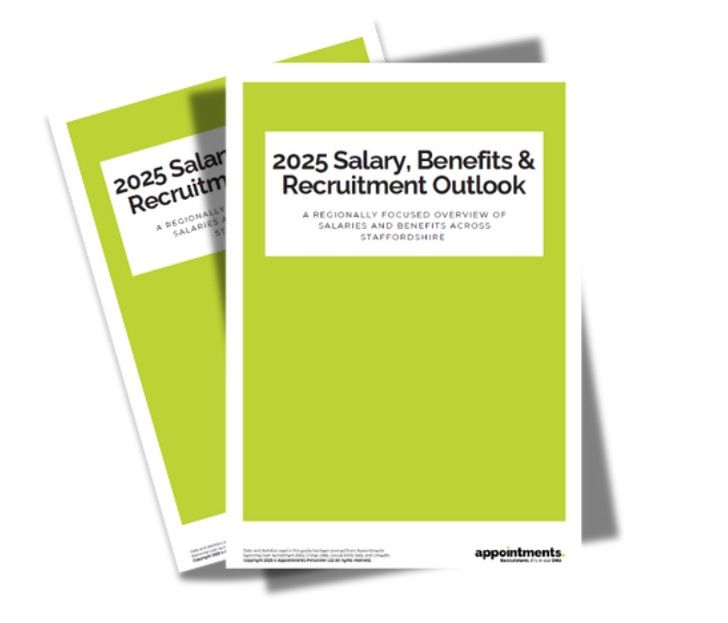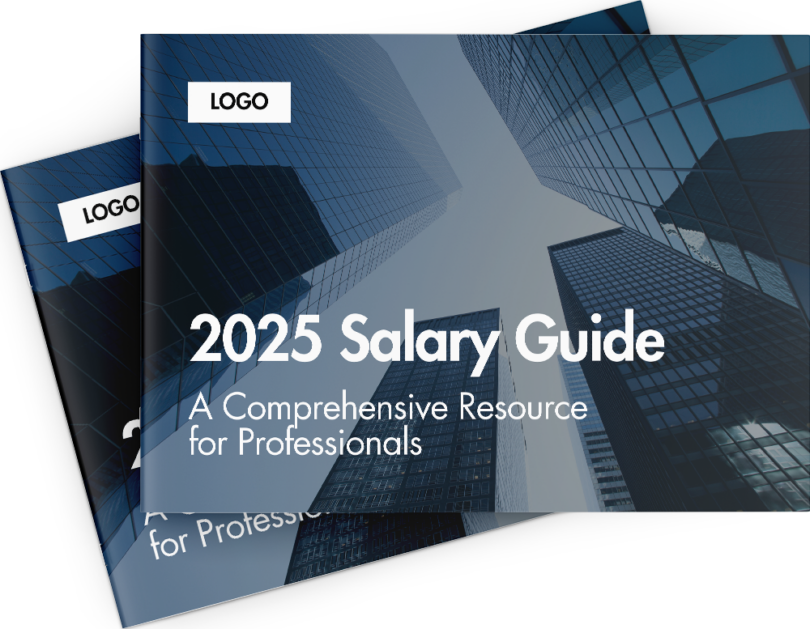
Share Article
Upskilling: The Secret to Career Progression
In today’s fast-paced world of work, standing still is the equivalent of moving backwards. If you want to climb the career ladder and stay competitive, upskilling is your best friend. But what exactly does “upskilling” mean, and how can you use it to propel your career forward? That’s what we’re here to unpack!
Whether you’re looking for a promotion, trying to pivot into a new role, or simply want to stay sharp in your current job, continuously developing new skills is the key to unlocking opportunities.
Here’s everything you need to know about why upskilling is crucial and how to go about it.
1. What is Upskilling, and Why Does It Matter?
In simple terms, upskilling is the process of learning new skills or improving existing ones to remain competitive in your field. This can involve anything from mastering a new software to taking a leadership course or even learning a new language. The goal? To make yourself more valuable to employers and boost your career prospects.
Here’s why it matters:
- Stay relevant: As industries evolve, so do the skills required to thrive in them. Upskilling helps you keep up with these changes.
- Career progression: More skills mean more responsibility, which can lead to promotions and salary increases.
- Job security: Companies value employees who actively invest in their growth. The more skills you bring to the table, the more indispensable you become.
2. How to Identify the Right Skills to Develop
Not all skills are created equal. It’s important to be strategic when deciding what to learn. Here’s how to figure out which skills will have the biggest impact on your career progression:
Look at Industry Trends
Pay attention to what’s happening in your industry. Are new technologies emerging? Are there new tools or methods being widely adopted? By aligning your skills with these trends, you’ll stay ahead of the curve.
Talk to Your Manager or Mentor
Your manager or mentor can offer valuable insights into what skills would benefit your role. They know what gaps exist within the team or department and can help you focus on areas that will make the biggest impact.
Consider Your Long-Term Goals
Think about where you want to be in 3 to 5 years. Do you want to move into management? Lead a team? Transition into a different department? The skills you’ll need depend on the direction you want your career to go.
3. Top In-Demand Skills in 2024
To give you a head start, here are some of the most sought-after skills across industries:
- Digital literacy: From coding basics to advanced analytics, digital skills are in high demand as businesses continue to innovate.
- Project management: Being able to manage resources, timelines, and people is crucial, no matter what industry you’re in.
- Communication skills: Whether it’s public speaking, persuasive writing, or negotiation, communication skills are vital for career growth.
- Artificial Intelligence (AI) and Automation: Understanding how AI and automation work will give you a competitive edge in almost any field.
4. Ways to Upskill: Flexible Options for Busy Professionals
Now that you know why upskilling is essential, let’s look at how you can start developing these new skills.
Fortunately, there are plenty of ways to do this without disrupting your current work schedule:
Online Courses and Certifications
Platforms like Coursera, LinkedIn Learning, and Udemy offer flexible, affordable courses on a wide range of topics. You can take classes at your own pace, making it easier to fit into your schedule.
In-House Training and Workshops
Many companies offer training programs to help employees upskill. Check if your employer has any courses or workshops available, or suggest implementing some!
Networking and Mentoring
Sometimes the best way to learn is by talking to others who have walked the path before you. Seek out mentors who can offer advice and insight into the skills they’ve found valuable.
Side Projects and Volunteering
Taking on a side project or volunteering for new tasks at work can be a great way to develop new skills. Look for opportunities to stretch yourself, whether it’s managing a project or working with a different department.
5. Make Upskilling Part of Your Routine
The key to successful upskilling is consistency. Don’t wait for your annual review to start thinking about how to grow – make it a regular part of your routine. Here’s how to keep it up:
- Set learning goals: Create a plan for the skills you want to develop, and set specific goals around when and how you’ll work on them.
- Track your progress: Keep a record of the skills you’re developing, the courses you’ve taken, and any new responsibilities you’ve acquired.
- Apply what you learn: Upskilling is only useful if you put it into practice. Look for ways to apply your new skills to your current role, whether it’s streamlining a process, taking on new responsibilities, or mentoring others.
6. The Payoff: Why Upskilling Leads to Career Progression
The benefits of upskilling go beyond just learning something new. Here’s how it pays off for your career:
- Greater job satisfaction: Mastering new skills can make your job feel more rewarding, helping you stay motivated and engaged.
- More opportunities: Whether it’s moving up within your company or making a career switch, upskilling opens doors to new roles and industries.
- Increased earning potential: Employers are willing to pay more for employees with in-demand skills. Upskilling could be the key to negotiating a raise or landing a higher-paying role.
Upskilling is the secret weapon for career progression. It keeps you relevant, gives you more opportunities, and boosts your confidence in the workplace. The best part? It’s never too late to start.
Take charge of your career by identifying the skills that will get you to where you want to be. Start small, be consistent, and watch as new opportunities unfold. With the right mindset and a commitment to lifelong learning, your next big career move could be just around the corner.










